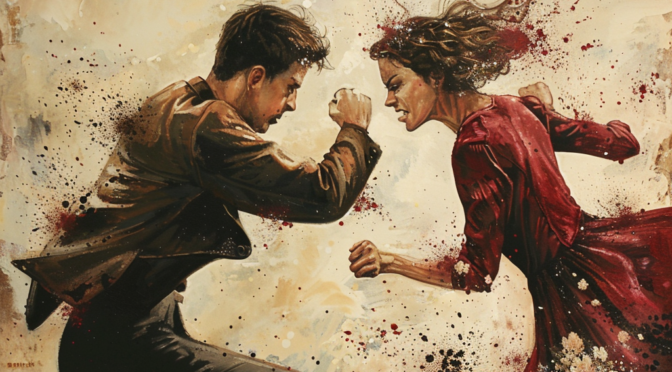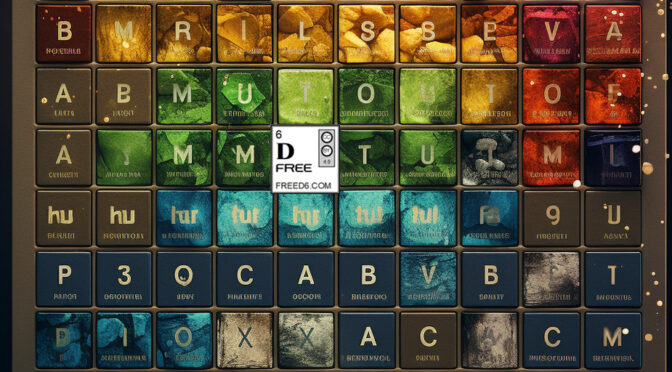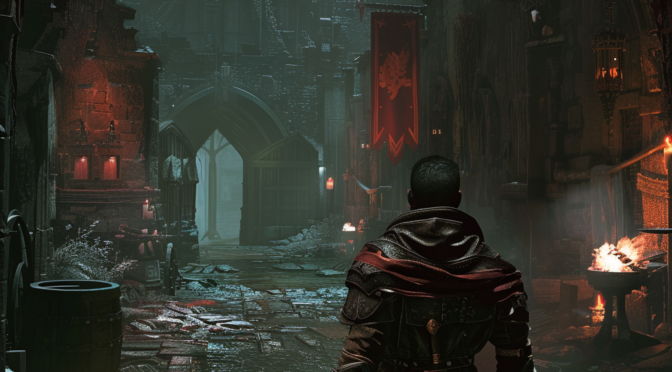There are three pillars of gaming in a FreeD6 game: skirmish, social interaction, and problem-solving. Role-playing means approaching each of these pillars using the attitude and abilities of a created character. The results of the game create the emergent narrative which feeds memorable role-playing. The three pillars are the ways in which characters interact with the setting of the game.
All posts by Winston
Rewarding Play Styles with Different Dice Games
I keep thinking about D6 Legend, how it traded dice totals for counting successes. I find myself wondering if it would be practical and interesting to use both systems within the same game. I want to do this for several reasons: I want more ways to use the dice, I want to differentiate action applications within the dice game, and I want to vary the game experience to reward different types of players. I want every type of role-player to have a dice game that rewards them.
Action Point Economy
Each player begins the game session with a single action point. Action points are spent during the game to reroll the dice, add dice to a roll, influence the narrative of the game, or temporarily alter the rules of the game. Additional action points are earned during the game for accepting complications based on the hooks in a character’s description or at the Game Master’s discretion for exceptional role-playing that entertains the table in a memorable way.
Normal Abilities, Skills, and Specializations
There are six normal abilities that describe characters and most opponents: Strength, Dexterity, Intelligence, Perception, Presence, and Wits. Each of these abilities has five untrained skills; each skill has three untrained specializations. Untrained skills and untrained specializations do not require ranks before they can be used.
Abilities and Hooks
Every element in the game is first described by its narrative before any abilities or die codes are ever assigned. The narrative description either directly or indirectly references abilities and hooks. The narrative description , or portions of the description, are summarized in a short phrase referred to as the concept.
Inachon’s Point, Coastal City
Perched on the side of a coastal mountain is the seaport city of Inachon’s Point. For over 200 years, the city has served as a coastal beacon with its towering lighthouse. Inachon’s Point is a free city-state, ruled by a six-member governing council and an Assembly of 500 citizens, legislating for a population of nearly 100,000.
Kiselton, Riverside Town
Nestled upon the banks of the Durbin River is the town of Kiselton. With a population of over 1,000, it’s a booming trade center that relies upon its salt mines as a chief source of revenue. Like most settlements of its size, Kiselton has a ruling council and a mayor to perform the civic duties, such as appointing a sheriff, negotiating trade agreements, and collecting the taxes required to maintain the town’s dock, roads, defensive walls, and government buildings. Over the years, Kiselton has done well, attracting laborers to work in the mine for wages seldom seen in smaller villages or warrens. Along with the opportunity for greater earnings comes a broad range of entertainment, attracting more residents with a variety of talents to the riverside town. Its ease of access makes it a popular stopping place for travelers, caravans, and various touring merchants.
Delmara, Forest-side Hamlet
Standing alongside a trade route is the small hamlet of Delmara. The ancient deciduous forest that edges the city provides the inhabitants with the material for housing, fuel, and trade. Carpenters, wainwrights, and shipwrights favor the ancient hardwood trees in the area, providing most of the 300 denizens with a valuable commodity for barter. Those in Delmara who are not foresters rely upon farms for their sustenance, selling their excess nuts, fruits, vegetables, and livestock at markets. Even though the hamlet is small, it’s situated upon a heavily traveled trade road, bringing many merchants to the settlement. In turn, Delmara’s solitary inn is quite successful and is a favored gathering point at sunset. Not even Bede Trowbryde, Delmara’s mayor, is immune to the appeal of the Forest Nymph Inn.
Zombies
Zombies are staples of late night horror cinema. The walking dead have shambled across the countryside for the past several decades in their never ending quest for fresh victims. Theirs is an existence dominated by the driving urge to consume living cranial matter. Humanity has but one purpose for these rotting creatures: They’re what’s for dinner!
Modern Wizards
Through years of study and practice, some people have learned to harness the powers of the universe that are outside of normal human perception.




